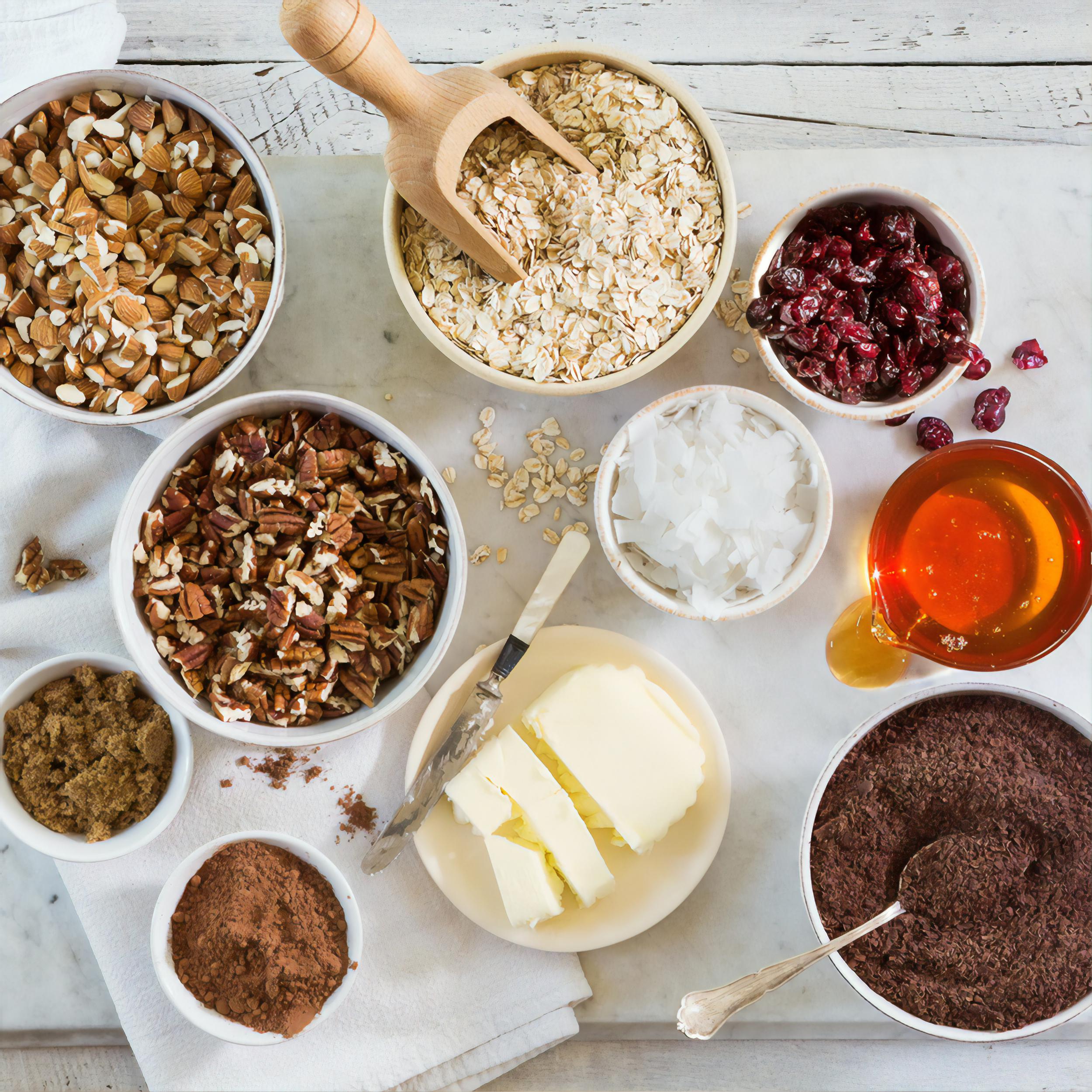
When you think of fiber, you may immediately think of fiber supplement drinks like Metamucil or Benefiber. If you have seen the commercials for these products, you may get the impression that fiber is only for old people. The truth is that fiber is an important part of everyone’s daily diet, and you should be able to get enough fiber from healthy real food, without having to supplement.
How much fiber should you be getting?
The University of Michigan Health System, recommends that the ideal amount of fiber per day is 25-30 grams of Insoluble fiber and 3 grams soluble fiber.
What are the differences between insoluble and soluble fiber?
According to the U.S. National Library of Medicine, Insoluble fiber is found in foods such as wheat bran, vegetables, and whole grains. It adds bulk to the stool and appears to help food pass more quickly through the stomach and intestines.
Whereas, soluble fiber attracts water and turns to gel during digestion. This slows digestion. Soluble fiber is found in oat bran, barley, nuts, seeds, beans, lentils, peas, and some fruits and vegetables. It is also found in psyllium, a common fiber supplement.
Why is fiber important?
Not only is fiber important for the proper function of your digestive system, not getting enough fiber in your diet can surprisingly lead to many other health problems.
- Cardiovascular disease
You may not have realized it, but getting enough fiber in your diet is strongly linked to the prevention of cardiovascular disease. In one Harvard study of over 40,000 male health professionals, it was found that a high total dietary fiber intake was linked to a 40 percent lower risk of coronary heart disease.
- Blood sugar control
More fiber in your diet is also linked to level blood sugar throughout the day. According to the University of Maryland Medical Center, one, “clinical study compared people with type 2 diabetes, who were eating 50 g. of fiber daily, with people getting the recommended 24 g. of fiber daily. After 6 weeks, people on the higher-fiber diet had better control of blood glucose, insulin, and blood lipids. In another clinical study, a group of men with type 2 diabetes, who took psyllium twice daily, lowered blood glucose and lipid values compared to a control group taking a placebo.
- Obesity
Everybody wants to lose weight without having to go hungry, fiber can help you with this goal by filling you up with fewer calories, keeping blood sugar levels low, and increasing resting energy expenditure, which allows for more weight loss each time you munch on some dietary fiber.
The best way to get more fiber is to eat it
Dietary fiber is easy to add to your diet when you focus on real whole food and stop eating junk.
Fiber can be found in its highest amounts in beans, peas, and lentils:
- Lima beans, cooked 1 cup 14 g
- Broad beans (fava), cooked 1 cup 9 g
- Black beans, cooked 1 cup 15 g
- Garbanzo beans, cooked 1 cup 12 g
- Lentils, cooked 1 cup 16 g
- Kidney beans, cooked 1 cup 16 g
- Navy beans, cooked 1 cup 19 g
- White beans, small, cooked 1 cup 19 g
- French beans, cooked 1 cup 17 g
- Pinto beans, cooked 1 cup 15 g
Next comes fruit and vegetables:
- Raspberries, raw 1 cup 8 g
- Blueberries, raw 1 cup 4 g
- Currants (red and white), raw 1 cup 5 g
- Strawberries, raw 1 cup 3 g
- Blackberries, raw 1 cup 8 g
- Banana 1 medium 3 g
- Pear 1 medium 6 g
- Orange 1 medium 4 g
- Apple 1 medium 4 g
- Prunes, dried 1/2 cup 6 g
- Raisins 2 ounces 2 g
- Peaches, dried 1/4 cup 3 g
- Figs, dried 1/2 cup 8 g
- Kale, cooked 1 cup 3 g
- Cauliflower, cooked 1 cup 5 g
- Kohlrabi, raw 1 cup 5 g
- Savoy cabbage, cooked 1 cup 4 g
- Broccoli, cooked 1 cup 5 g
- Brussels sprouts, cooked 1 cup 6 g
- Red cabbage, cooked 1 cup 4 g
- Zucchini squash, cooked 1 cup 3 g
- Acorn squash, cooked 1 cup 9 g
- Spaghetti squash, cooked 1 cup 2 g
- Russet potato, flesh and skin 1 medium 4 g
- Red potato, flesh and skin 1 medium 3 g
- Sweet potato, flesh and skin 1 medium 4 g
And nuts and seeds:
- Almonds 1 ounce 4 g
- Pistachio nuts 1 ounce 3 g
- Cashews 1 ounce 1 g
- Peanuts 1 ounce 2 g
- Walnuts 1 ounce 2 g
- Brazil nuts 1 ounce 2 g
- Sunflower seeds 1/4 cup 3 g
- Pumpkin seeds 1/2 cup 3 g
- Sesame seeds 1/4 cup 4 g
- Flaxseed 1 ounce 8 g
Take advantage of these yummy recipes to get some more Fiber in you diet.
Sweet Potato & Black Bean Chili for Two
Make Ahead Breakfast Quesadilla with Cheese Spinach and White Beans